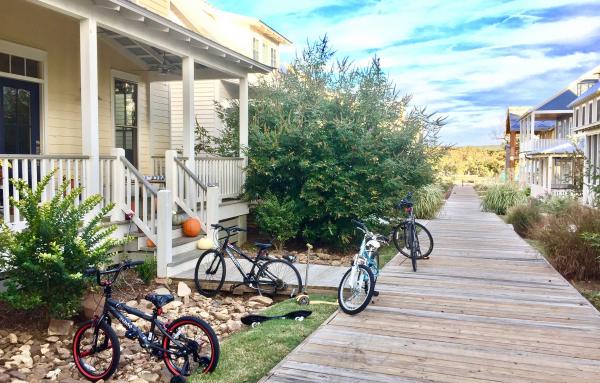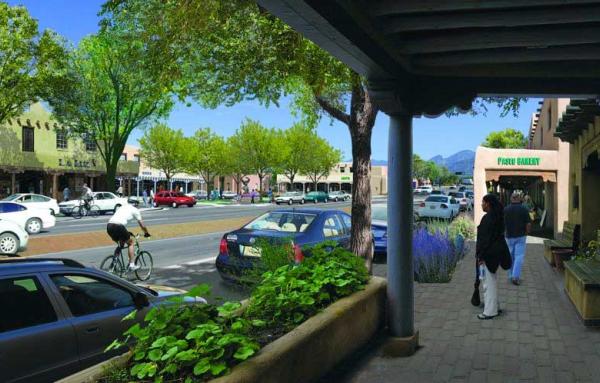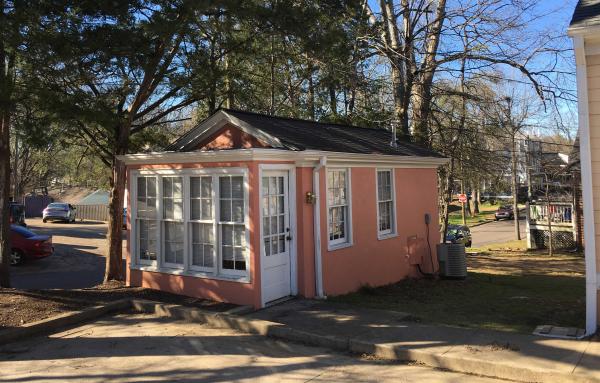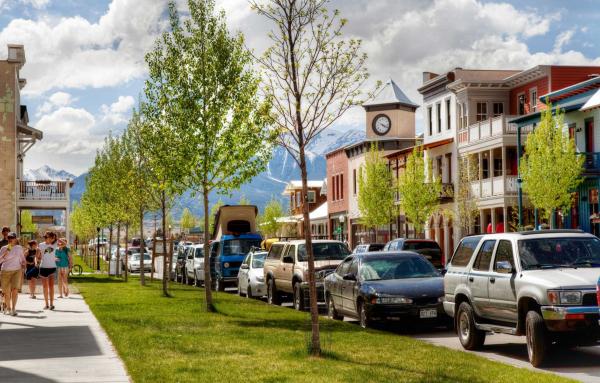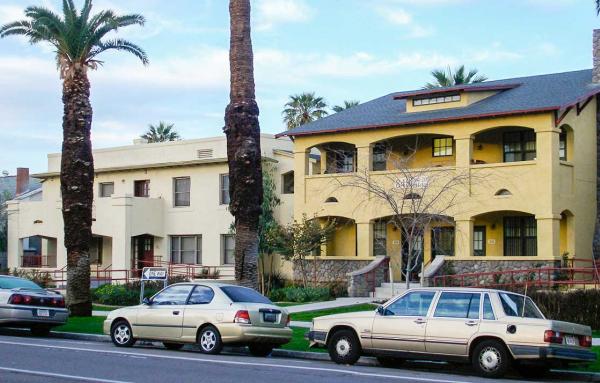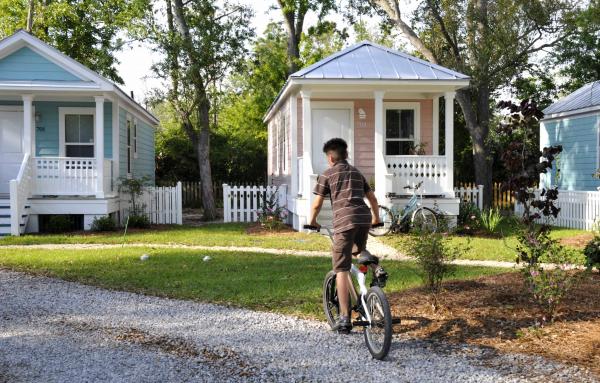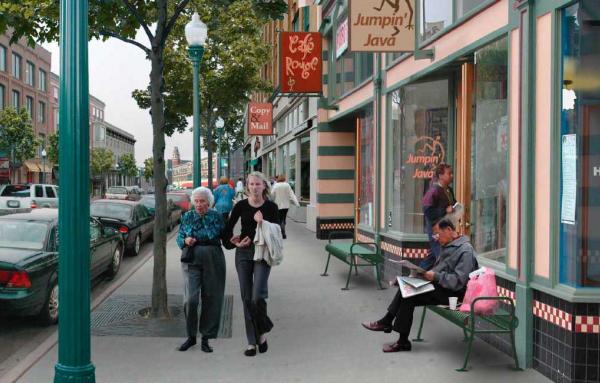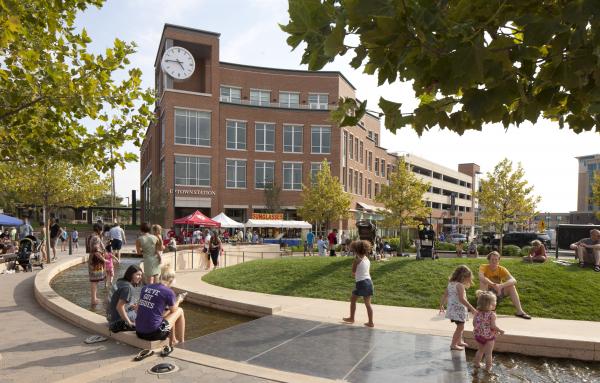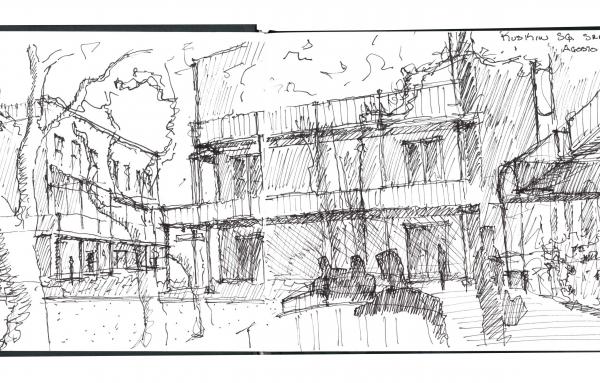Features
A leaner, lighter approach to infrastucture is more cost-effective, sustainable, and livable—an idea worth considering for America in National Infrastructure Week.
New urban codes have allowed cities and towns to code for complete neighborhoods and public spaces as shared-use places.
A set of principles that are clear and generative provide a solid foundation for the New Urbanism. Those principles have withstood the test of time and empirical research, and they can be implemented in countless ways.
The New Urbanism brought the environmental transect methodology into planning and development of human-scale, complete communities. Now the human habitat can be analyzed as a continuum with the natural world.
Great places are built in small increments, and urbanists are restoring America's know-how and capacity for small-scale development by many individuals in their own communities. Do you want to be a small developer?
Creating holistic neighborhoods from scratch was one of the first and still effective strategies of the New Urbanism.
Increasingly in demand today, missing middle housing forms the backbone of the quintessential American neighborhood.
"The prime ingredient of urbanism is really public space and the public realm. So the urban plan comes first and the building second."
The cute Katrina Cottage has proven the versatility and usefulness of cottages that are designed to fit into complete neighborhoods.
Pedestrian sheds are a foundational idea of designing cohesive communities, but the challenge is the gap between what planners know and developers are building.
The trend toward complete communities shapes the debate on sustainability and environmentalism, and vice-versa.
The Nolli Map is the most underutilized tool in the designer/developer tool box. It provides an intimate understanding of place.
